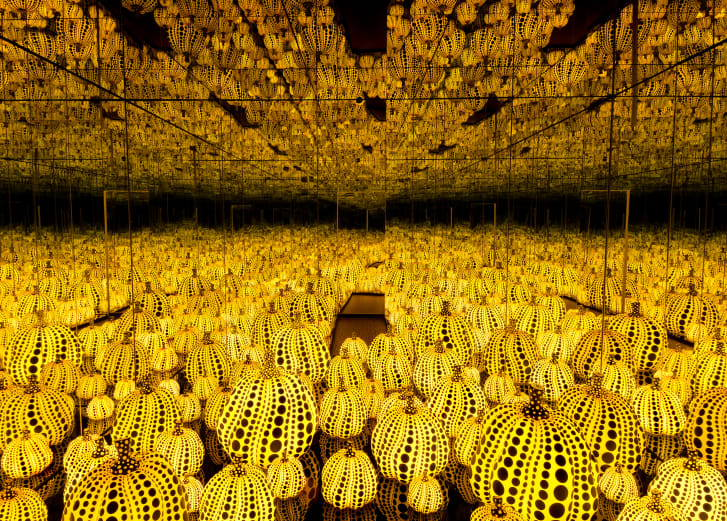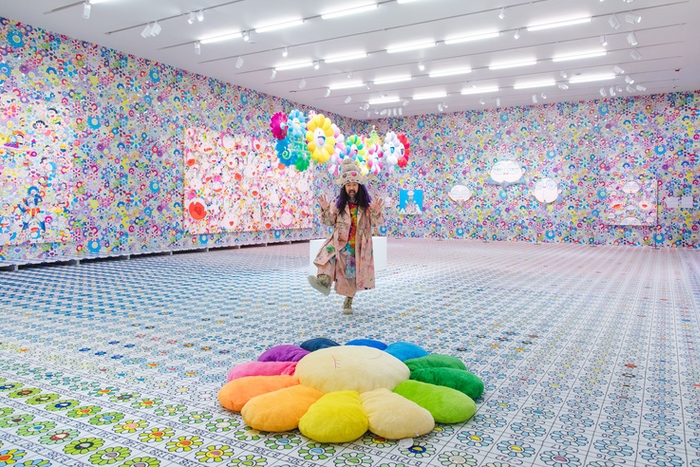Contemporary Art
By definition, contemporary art is just any art or installation produced today, according to My Modern Met. But what exactly defines "today"? When we go to museums, we generally associate the contemporary art section with things like pop art, minimalism, street art, or anything that your art teachers don't really "teach" you in school. So there are many different styles of art that are considered contemporary art, but they all share certain characteristics. Below are three common themes in contemporary art and examples of each. Note that all of these examples could also have fit well under any of the three themes, showing that contemporary art is fluid.
According to the NYU Steinhardt School, contemporary art serves to:
1. Give artists the opportunity to reflect on contemporary societies and issues.
In August 2018, the New York Times published an article on 12 contemporary artists' responses to climate change. Activism in response to climate change began in the 1990s and has grown into a worldwide movement. One artist, Mel Chin, created an app that depicts the future of Times Square underwater as a result of rising ocean levels and an aim to connect technology with pressing global issues. A photo of what that app is like is below:

2. Show art that is being influenced by diverse cultures and technological advancements.
Every art period in history was transformed by technology that didn't exist previously. For contemporary art in the 21st century, these new technologies are computers or electrical contraptions that allow for the digitization of art. A 2014 Smithsonian article provides seven ways that technology has influenced contemporary art including lasers, art made by a wall-climbing robot, and stained glass windows made from paper cut by a laser cutter.

3. Bridges together different contexts and is distinguished by that lack of a general organizing principle.
Yayoi Kusama is perhaps one of the most famous contemporary artists today. Although she is well-known for her installations, Kusama's artwork spans many different contexts and mediums. Having grown up in Japan through World War II, she moved to New York City after art school to escape familial pressures and conservatism around women in contemporary art. Kusama's art is wildly different from another well-known Japanese contemporary artist, Takashi Murakami. Below are images of installations by Yayoi Kusama and Takashi Murakami to illustrate the differences in art by Japanese contemporary artists, showing that contemporary art does bridge different contexts.

Installation by Yayoi Kusama

Installation by Takashi Murakami
No comments:
Post a Comment